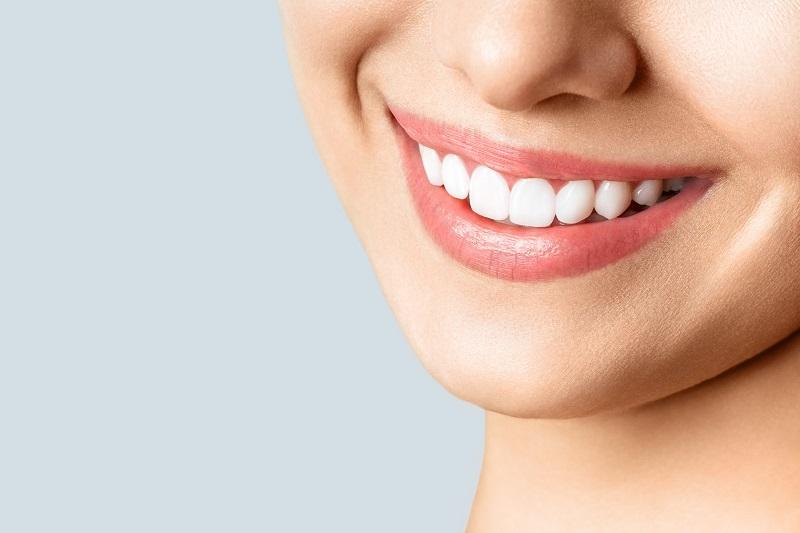02
2021
Jan

Do' you want your teeth to look whiter? Does not using a toothbrush and dental floss give satisfactory results? This post is for you.
Factors that play a role in the loss of whiteness of your teeth:
Drinks such as coffee, tea and red wine stick to the white outer part of your tooth (enamel), causing the formation of dense color pigments called chromogen.
The tar found in tobacco has a black color. Nicotine, when mixed with oxygen, turns into a yellowish, surface-staining substance. The use of cigarettes and tobacco products plays a big role in yellowing your teeth.
Age factor is another factor in yellowing your teeth. Under the hard, white outer shell (enamel) of your teeth, there is a softer area called dentin. Over time, the outer enamel layer becomes thinner by brushing and shows more yellowish dentin.
Again, the impacts taken from the mouth area react to the injury, leaving more dentin. This, in turn, makes your teeth look more yellow.
Some medications and treatment methods can cause your teeth to lose whiteness. Some antihistamines, antipsychotics, and high blood pressure medications may show such side effects. Young children exposed to antibiotics such as tetracycline and doxycycline in the womb or as infants may have discoloration of adult teeth in the future. Chemotherapy and head and neck radiation can also darken teeth.
What Is Teeth Whitening?
Teeth whitening is a simple procedure. Whitening products include one of two dental bleaches (hydrogen peroxide or carbamide peroxide). These whiteners divide the spots into smaller pieces, making the color less concentrated and making your teeth brighter.
Does whitening work on all teeth?
No, so it is important to talk to your dentist before you decide to whiten your teeth, because whiteners may not correct all kinds of discoloration. For example, yellow teeth probably whiten well, brown teeth may also stop responding, and gray teeth may not whiten at all. Whitening will not work on caps, crowns or fillings. If your tooth discoloration is caused by medications or tooth injury, it will also not be effective.
What Are My Whitening Options?
After consulting your doctor, you will be offered one of the following options.
In-Office Whitening
This procedure is called chairside whitening and usually requires only a visit to the office. The dentist will apply a protective gel or rubber shield to your gums to protect your gums. Then bleach is applied to the teeth.
Home Whitening
Your dentist can provide you with whitening plaques prepared according to your mouth size for home whitening. Your dentist will inform you about how and for how long to place the whitening solution on the plaque. Application time may vary from a few days to a few weeks.
Whitening Products On The Market
On the internet or at your local grocery store, you can see different options such as toothpastes or strips that whiten your teeth. But the concentration of bleaching material in these products is lower than what your dentist will use in the office.
How long does bleaching last?
The result from the whitening process varies from 6 months to 2 years depending on the structure of the teeth of person. Your lifestyle and habits play a decisive role in this process. Avoid substances that dye teeth for at least two weeks during and after bleaching.
Are There Any Side Effects of Teeth Whitening?
Some people who use tooth whitening may experience tooth sensitivity. This happens when the peroxide in the bleach passes through the enamel and into the soft dentin layer and irritates the nerve of your tooth. In most cases, sensitivity is temporary. You can postpone treatment and then try again.



.png)